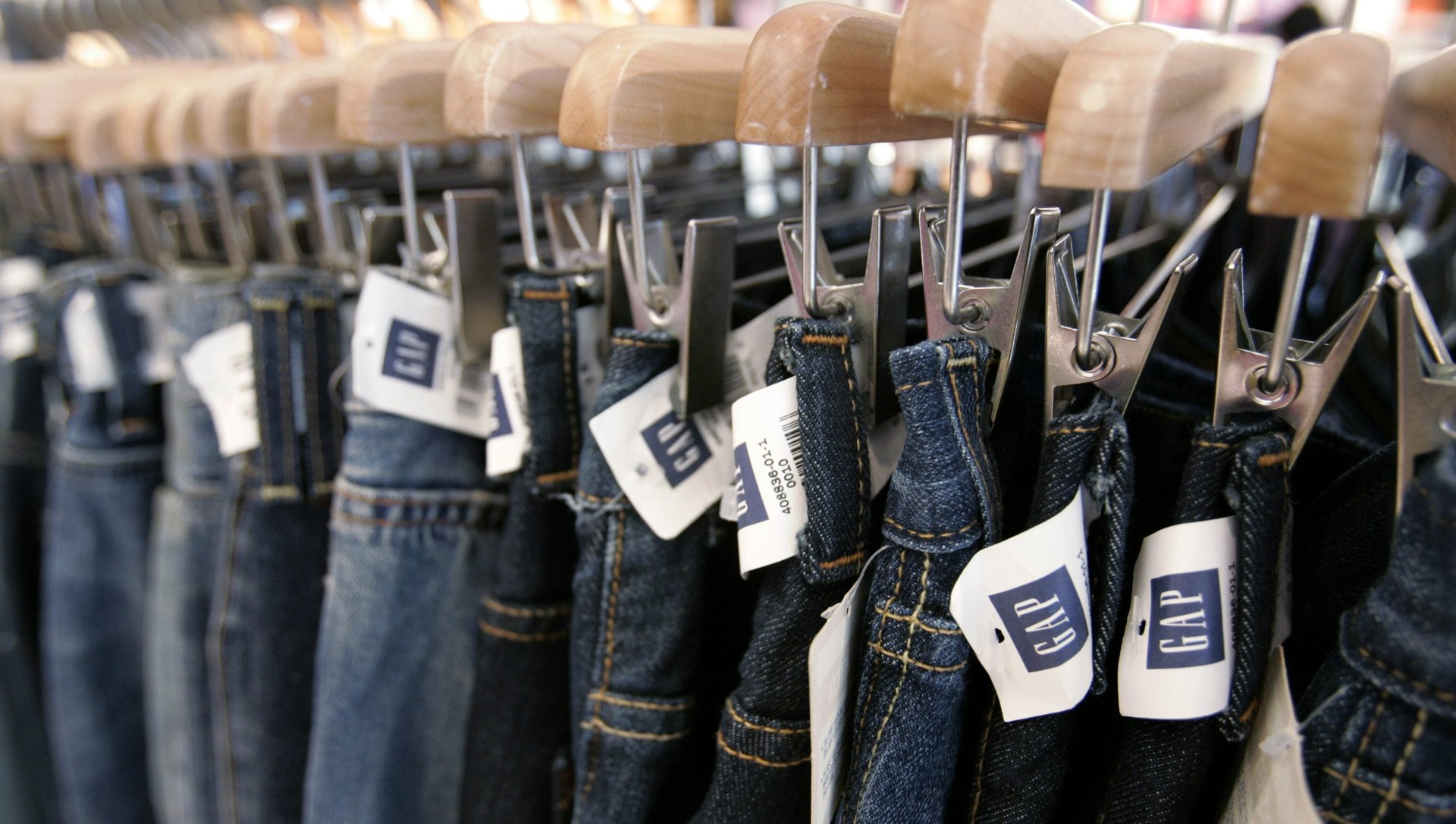Gap’s bet that customers want their jeans to act like Spanx is paying off
Gap is, at its core, a denim company. It opened its first shop in San Francisco 48 years ago for a simple reason: Don Fisher, who cofounded the brand with his wife Doris, couldn’t find jeans that fit. “The right fit since 1969,” Gap declares on its site.


Gap is, at its core, a denim company. It opened its first shop in San Francisco 48 years ago for a simple reason: Don Fisher, who cofounded the brand with his wife Doris, couldn’t find jeans that fit. “The right fit since 1969,” Gap declares on its site.
Gap Inc. is now a global multi-brand retailer still searching for the right fit, and it believes it’s found it with its latest product. Called Sculpt, it aims to solve the conundrum of how to make women’s jeans that stretch without stretching out, while holding and lifting in all the right places. Denim Spanx, you could say.
CEO Art Peck highlighted Sculpt during Gap’s better-than-expected latest quarter. Sales at Old Navy stores open more than a year jumped 8%, and while Gap brand sales fell, sales of activewear within the brand rose by double digits. “We’re also continuing to see successful product innovation by launching our Sculpt denim across active and in denim for Gap brand and strong consumer resonance for that innovation,” Peck said.
Sculpt is another example of synthetics and stretch migrating from activewear into our everyday clothing. Gap also uses it in a line of yoga pants, and promoted the denim and yoga versions side-by-side on Instagram when they launched a few weeks back.
Arguably, the technology is more marketing than anything else. The fabric composition of one pair currently on Gap’s site is 88% cotton, 9% polyester, and 3% Spandex—not an unheard of mix.
But customers are responding. “They feel like compression pants when you first put them on,” one reviewer wrote. That quality is desirable in a fitness-obsessed world. Today brands such as ASOS, Forever 21, and Calvin Klein all have jeans they market as “sculpting” the body to make it look better.
Some reviewers of Gap’s jeans complained they stretched out too much after a few wears, which is a separate problem for shoppers and one that brands are trying to fix. Citizens of Humanity also has a collection it calls Sculpt, which drew attention for its attempt to solve the stretch issue when it debuted a couple years back. “Found: Figure-Friendly Jeans That Actually Hold Their Shape,” declared fashion site WhoWhatWear.
Whether consumers keep buying Gap’s Sculpt jeans or not, one product won’t end Gap’s troubles. Gap still needs to figure out its design identity, and where it fits in a market full of faster, cheaper rivals.